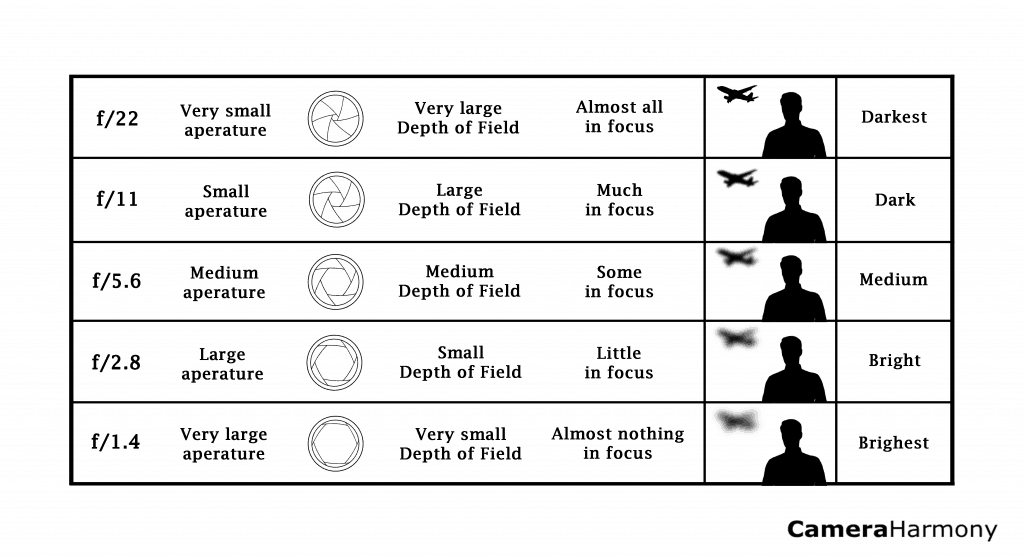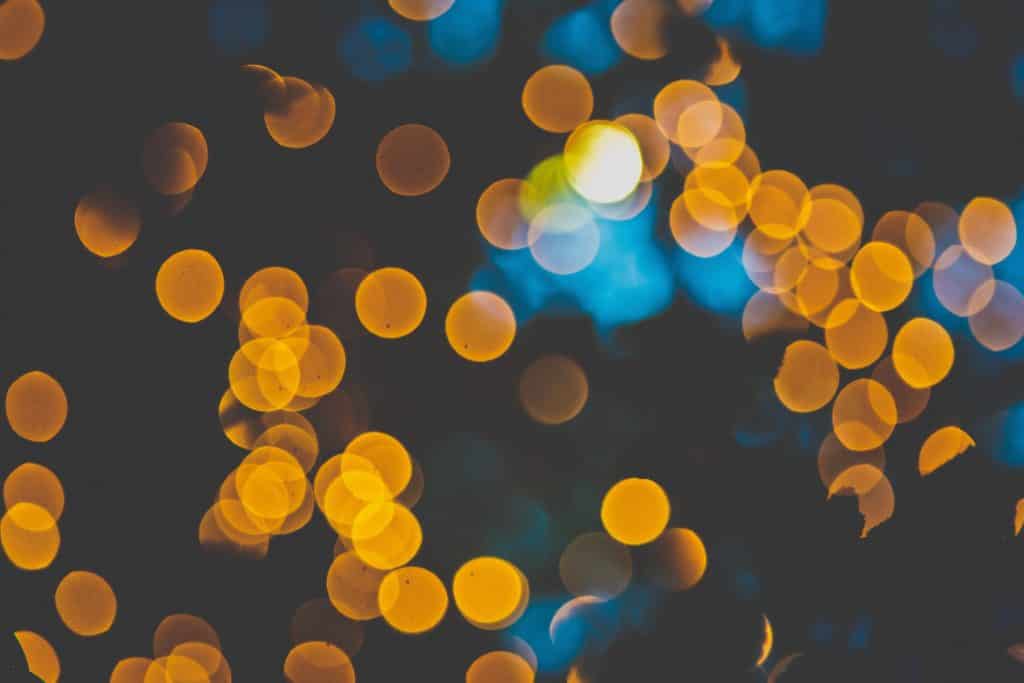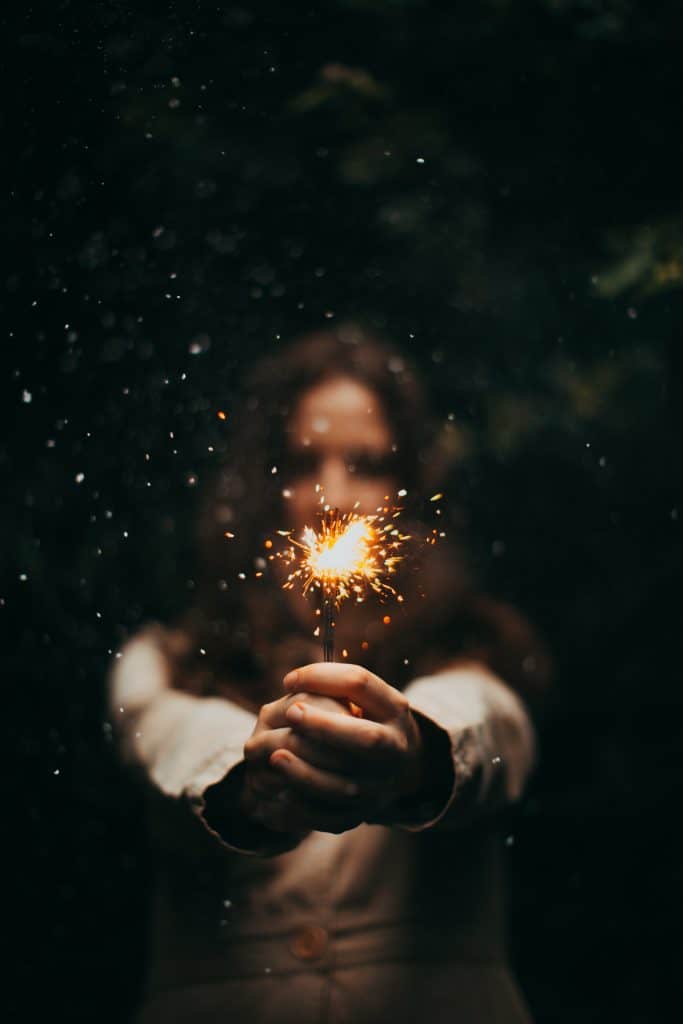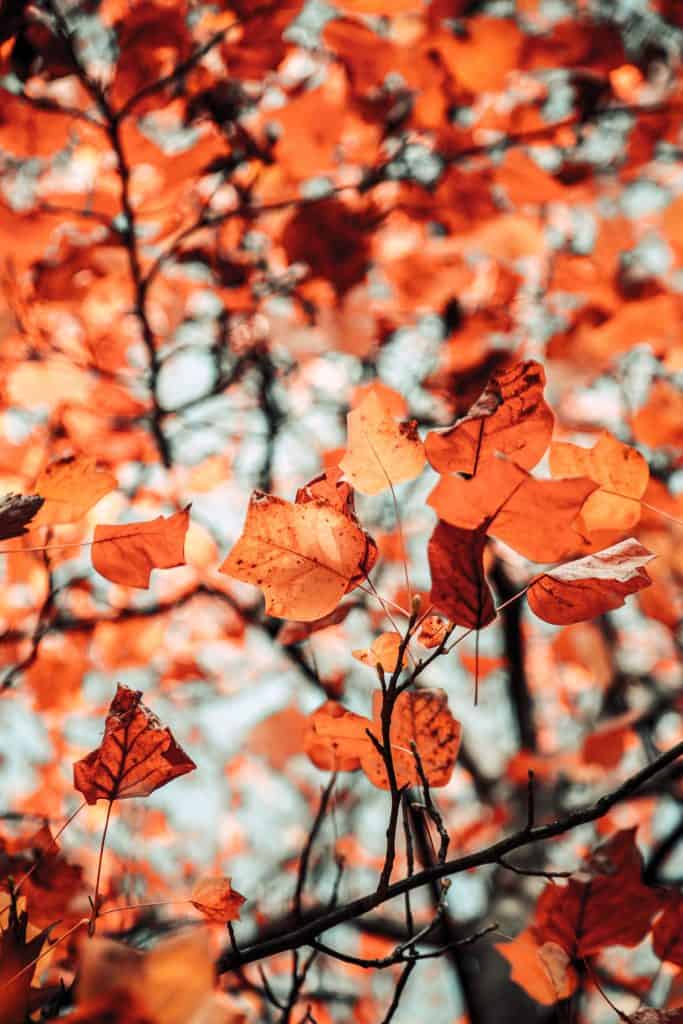As photographers, we aim to capture eye-catching images that captivate the viewer and leave a lasting impression in their minds. One way to achieve this goal is to create images that the average person cannot- such as shallow depth of field! Shallow depths of field produce a bokeh, a photographic characteristic only proper cameras can do.
So what is this “bokeh” we are talking about?
What is Bokeh?
To explain what bokeh is, we must first define the depth of field. Depth of field refers to how much of an image is in focus. When a depth of field is shallow, that tends to mean that just the subject is in focus, and the rest of the image blurs away. When a depth of field is deep, the subject, the foreground, and the background are in focus.

Bokeh is the characteristic and quality of the blur produced by shallow depths of field. Fun fact, “bokeh” is a Japanese word that directly translates to “blur”!
What Causes Bokeh?
The lens and its aperture control bokeh. The smaller the number, the wider your aperture. The larger the number, the narrower your aperture. The wider the aperture, the more light it lets in, and the shallower the depth of field. The smaller the aperture, the less light it lets in and the deeper the depth of field.

How wide your aperture can go is limited by your lens. Some lenses have apertures that can go super wide, such as the legendary F/0.95, but others are more narrow, such as F/5.6. By looking at the lens name, you can see what aperture your lens can go at its widest point. All lenses will have an F/-number- after the lens focal length (the -number- MM).
For example, a Canon 50mm F/1.8 lens. The widest aperture is F/1.8. Some lenses have a variable aperture, which means that the width of the aperture changes throughout the lens’s zoom. This is denoted in the following example: Canon 75-300mm F/4-5.6. This means that at 75mm, the lens’s widest point is F/4, but as you move closer to 300mm, the aperture will narrow to F/5.6.
To achieve a bokeh most associated with the word, your aperture should be an F/2.8 at its narrowest point. Ideal apertures are F/1.2, F/1.4, and F/1.8.
The look and shape of the bokeh are also dictated by the lens’s optical design. Bokeh can blur into either circular orbs or light or hexagonal shapes of light. Bokeh is affected by the shape of the diaphragm blades, and these blades are the ones that open or close to make your aperture. If these blades are round, the blur will be round. If these blades are another shape, the blur will look similar to the shape.


Besides the equipment, the distance between you, the subject, and whatever is behind the subject also affects the bokeh. Bokeh is more intense when the subject and the background are distant! Bokeh is also more intense based on your position to what you are photographing- if you’re further away, the bokeh will be more prominent.
The Benefits of Bokeh
Bokeh has several benefits to it.
For starters, bokeh allows all the focus to be on your subject without distracting elements. If the background is not a part of the story in your shot, you can use shallow depth of field and beautiful bokeh to direct the viewer to look at the exact point in your image that is most important.

Secondly, bokeh creates an image that a phone or small pocket camera cannot usually create. This is advantageous for those looking to make a living in photography, as you want to capture photographs that the average person cannot.

Third, bokeh allows photographers to capture images anywhere, even in unflattering locations. This is because, with a shallow depth of field, the primary concern is to find a location that will blur away in flattering orbs rather than what the location looks like! This helps shoot in parks that may be a bit disheveled or cluttered streets that may be distracting if shot with a deep depth of field.
The Disadvantages of Bokeh
Sometimes, the bokeh is very distracting. This can happen if your bokeh is significantly brighter than your subject, the orbs of light fall into awkward positions in the image, or the bokeh blurs something distracting. Use this feature wisely to enhance your subject and not detract from it.

What is Considered a Good Bokeh?
Generally speaking, a good bokeh adds to your photograph and looks smooth. A good versus a bad bokeh isn’t defined because it depends on the viewer’s opinion.
You want the blur to look even and uniform throughout the image, not choppy or stark. A lot of this has to do with the quality of the diaphragm blades. More expensive lenses tend to have better-quality diaphragm blades, so the bokeh looks more pleasant. Good bokeh is commonly called “creamy” in the photography community!
How To Get a Beautiful Bokeh
First, you want to find a location that allows enough room to position the subject a reasonable distance from the background. The further from the background, the more the background will cream away.

Ensure that your background doesn’t clash color-wise with your subject and isn’t full of objects that may make the frame look chaotic when blurred.
Next, set your lens to its widest aperture point. Then fire away and enjoy the results! That is all there is to it!

